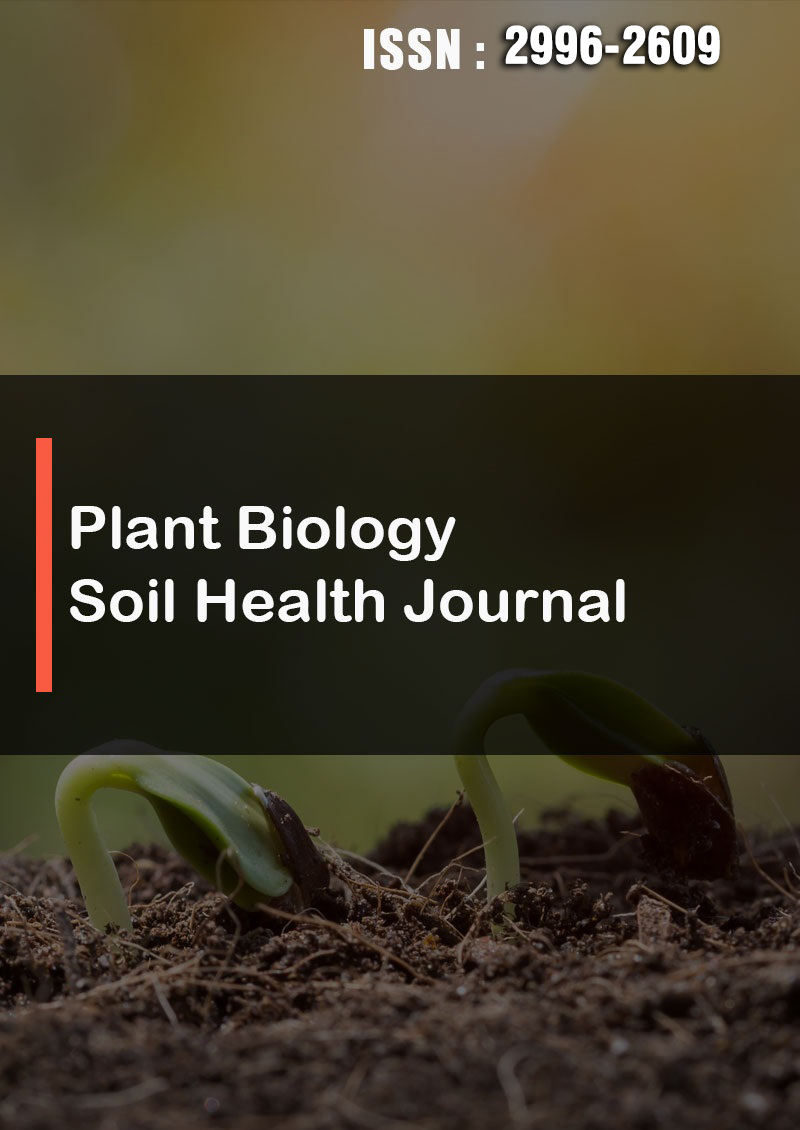Particulate Matter Quantification Via DINÉ (Digitally INtegrated Environmental) Arduino UNO R3 Platform for Environmental Quality, Safety, and Health on the Navajo Nation
Abstract
Ember Bahe and Daniel Winarski
After the hardware-integration of an Arduino UNO and the PMSA003 particulate matter (PM) sensor, the Arduino UNO was programmed to count six PM diameters: 0.3, 0.5, 1.0, 2.5, 5, and 10 micrometers, for a fixed air volume of 0.1 Liters. Indoor PM data was gathered within 12 different locations at Navajo Preparatory School, Farmington, NM. Outdoor atmospheric PM data was then gathered in Tucson, Arizona, before and after various weather events, such as high winds (PM generating) and rain (PM scrubbing). Additionally, indoor and outdoor data gathered in West Virginia during heavy smoke from the 2023 Canadian forest fires. The final data was gathered throughout the four-corners region of the desert southwest. The output of the Arduino UNO included current, average, maximum, and minimum PM values for each particle size. The Arduino UNO also calculated the least-squares fit a negative-exponential model of the particulate matter as a function of count and particle size, and calculated the correlation “R” between the actual PM count data and the model. Correlations as high as 99.99% were achieved at a confidence of 99.95%. This will help to understand the PM problems on the Navajo Nation, which could include radioactive dust from over 500 abandoned uranium mines.



